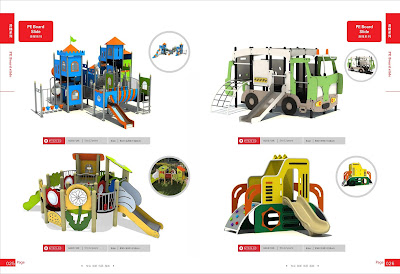Is It Safe to Take My Child to the Playground During COVID?
Key Takeaways
- Playgrounds in neighborhoods and schools are open again.
- Playground play is beneficial for kids' physical and mental health, but parents and caregivers wonder about the risks of letting their children use playgrounds during a pandemic.
- By following basic health and safety guidelines, playground play can be safe.
In the spring of 2020, playgrounds across America were desolate, with yellow caution tape stretched across the entrances. Now, health experts urge schools and families to allow playground play—with some precautions, of course.
With mental health becoming almost as much of a concern as COVID-19 itself, parents across the country are pushing for things to be as normal as possible for their kids—and that includes the occasional trip to the playground. But is this childhood rite of passage safe during a pandemic? Most experts say yes, but encourage basic health and safety precautions to cut down on potential virus transmission.
Playgrounds and Pandemics: Can They Mix?
In making a decision about what’s right for your family when it comes to playtime during a pandemic, it’s important to note that there have been no reports of COVID-19 outbreaks linked to an outdoor public playground.
That said, “playgrounds pose unique problems when it comes to following pandemic precautions,” says Harvey Karp, MD, pediatrician and author of the best-selling book, Happiest Baby on the Block.
Studies show that COVID-19 is spread less easily outdoors,1
making a playground seem like the perfect opportunity for kids to get out and spend time with friends in a safer environment than an indoor playdate would be.
“Outdoor play has been deemed safe after months of study and research into what actually is a risk for transmission of COVID-19. The evidence to date has shown that surface transmission of the virus is much less common [than] originally thought,” says Sara Bajuyo, MD, a family physician in South Bend, Indiana.
That’s good news for schools across the country that are trying to get kids back into an in-person learning environment safely. While it may seem like a good idea to avoid the playground in a school setting, Bajuyo says it’s not necessary: “Children need the normalcy of recess both for mental and physical wellbeing. The benefits of this play far outweigh the potential small risks,” she says.
COVID-19 Safe Playground Strategies
So what are some ways to make the playground less risky when it comes to COVID-19 transmission? Karp shares the following strategies schools and families can adopt.
Avoid Crowded Playgrounds
Places teeming with people, whether indoors or out, can easily turn into viral hotspots.2 So if you arrive at the playground and it’s packed with kids, it’s best to seek out another one to play at or wait until later.
Schools can manage the number of kids playing at one time by implementing staggered playtimes, says Sharon Nachman, chief of the division of pediatric infectious diseases at Stony Brook Children’s Hospital.
“Keep the same cohorts of kids playing together, and establish a schedule for who will play when. Don’t introduce new groups of kids to the ones already using the space.” At a minimum, this can help cut down on the number of kids who would have to quarantine at one time should a positive case occur.
Provide and Use Hand Sanitizer
Always bring your own in case the park doesn’t have its own hand sanitizing station or restroom (any many don’t!). Experts recommend a sanitizer that’s at least 60% alcohol in order to kill the virus that causes COVID-19.2
Wear a Mask
The playground is no different from any other public place during the pandemic: a mask should be required for anyone over the age of 2.2 “Just as your kids probably know that shoes are required to zip around the playground, now it’s time to teach them that masks are also required attire for swinging, sliding, and climbing,” says Karp.
Remember Physical Distancing
“Keeping physical distance helps slow the spread of the virus by making it less likely that aerosol droplets expelled while we talk, sneeze, or cough will reach another person,” says Karp. Be on the lookout for problem areas like long lines, which indicate kids will be touching the same surfaces as lots of other kids and standing in close proximity.
Stay Home If You’re Sick
As always, if you, your kids or anyone in your family is experiencing cold- or flu-like symptoms, it’s best to avoid the playground entirely until you’re well.



Comments
Post a Comment